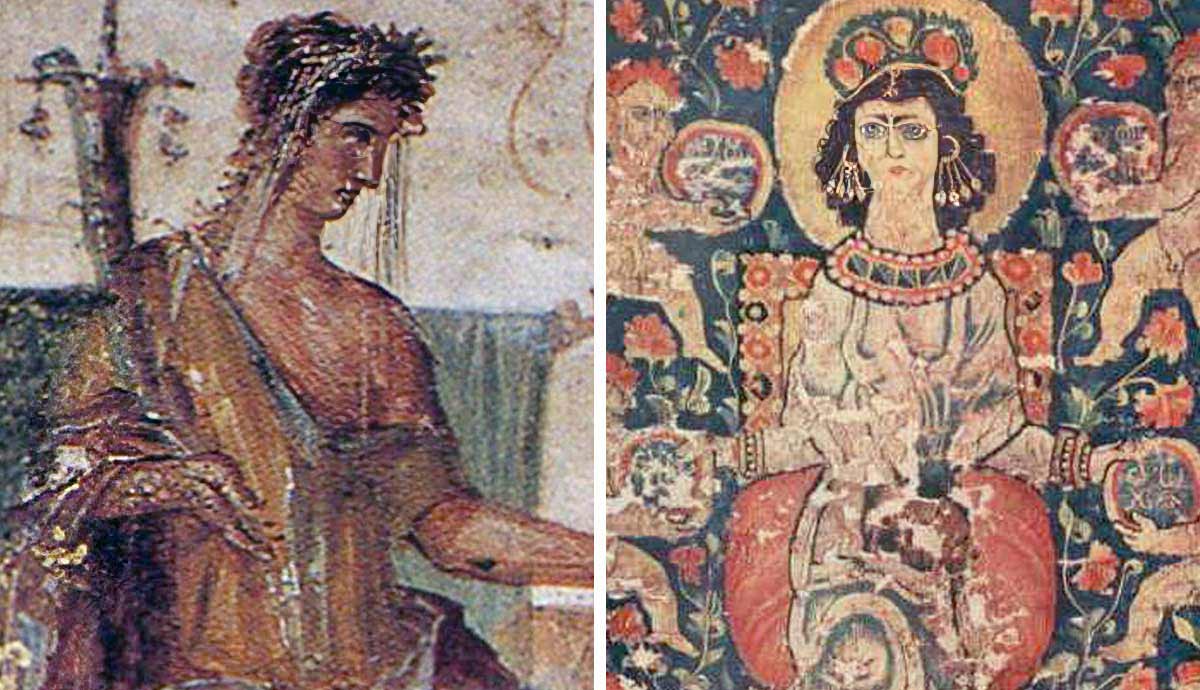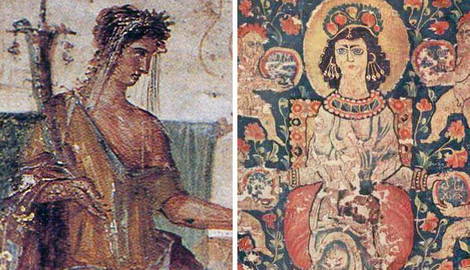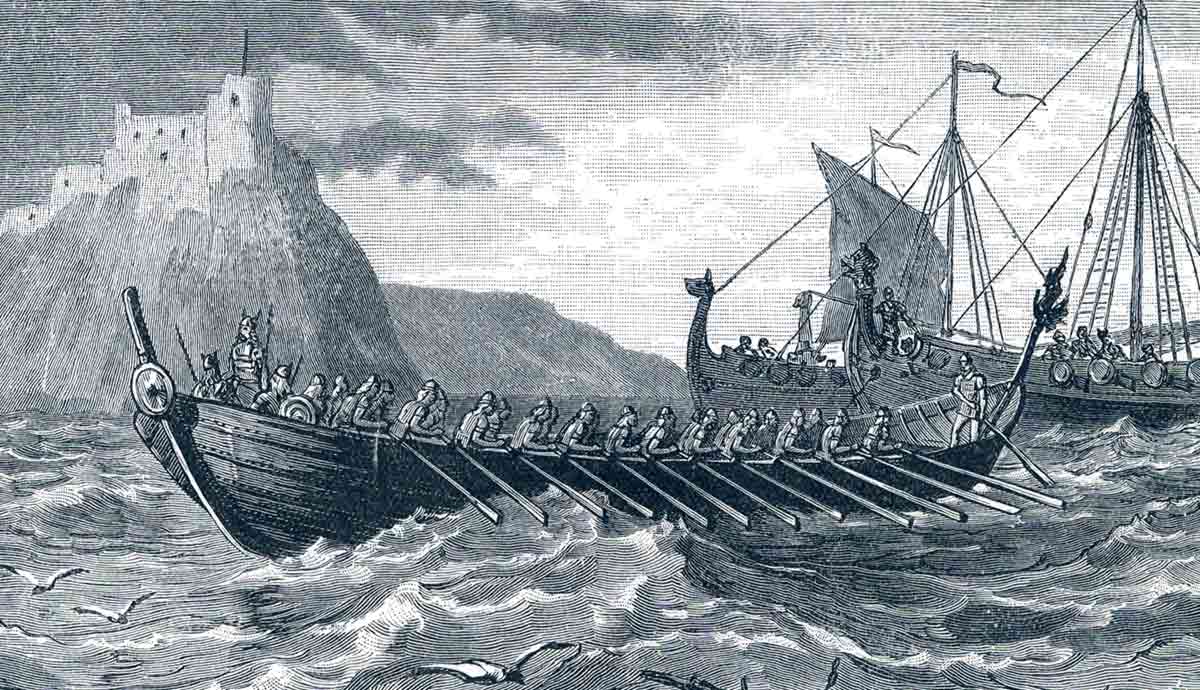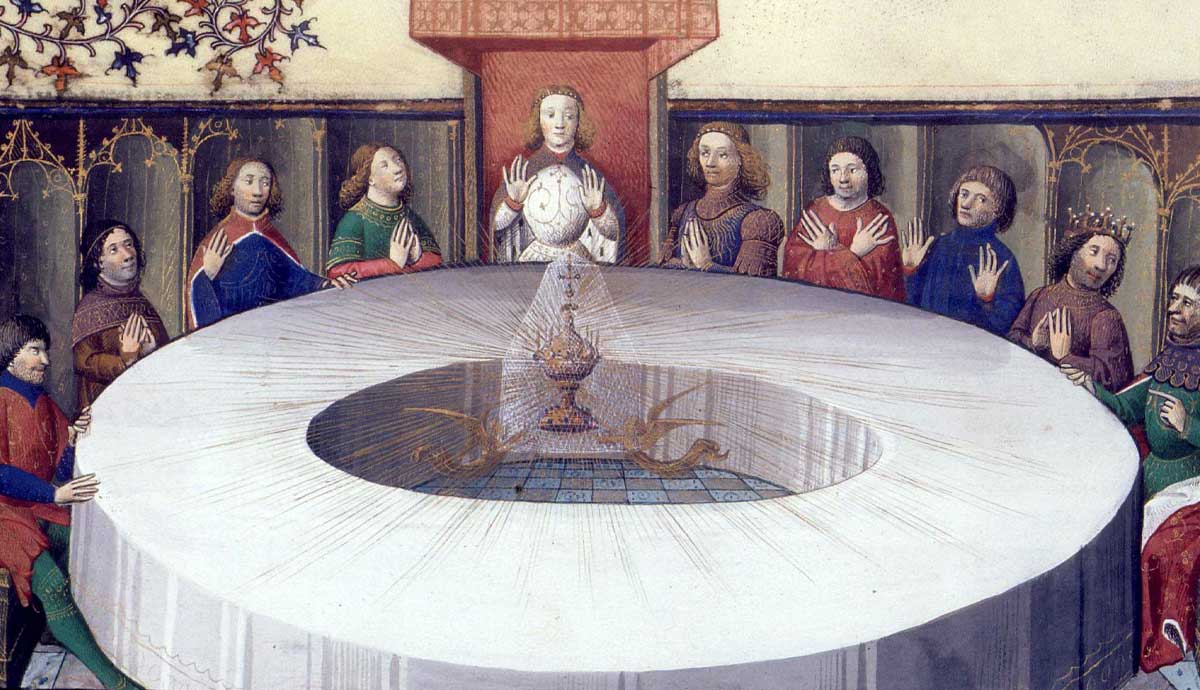
Almost every famous Greek God or Goddess has a Roman counterpart, many of whom were used to name the planets in our solar system, like Jupiter (Zeus) and Neptune (Poseidon). The Romans adopted much of Ancient Greek religion, renaming deities while retaining their core attributes and characteristics. Hestia and Vesta are two such goddesses, residing over the hearth and sacred fire.
Although Hestia and Vesta are counterparts, their roles within the Greek and Roman pantheons differed. Both were vital to worship, but Vesta played a more public and political role in Ancient Rome, while Hestia was associated with private worship within the home.
Hestia and Vesta: Goddesses of the Hearth

Hestia (Greek) and Vesta (Roman) are virgin goddesses associated with the hearth, home, and family. They symbolize warmth, stability, and the sacred bond between guest and host. In both traditions, they preside over domestic life and harmony within the home, and their presence is found wherever a sacred flame is kept burning.
Yet despite these similarities, the Romans developed their own traditions around Vesta that aligned with cultural, religious, and political values that differed greatly from those of Ancient Greece.
Hestia: Heart of the Home in Ancient Greece

In Greek mythology, Hestia is one of the original Olympians, the eldest daughter of Cronus and Rhea. She is best known for her peaceful and selfless nature, famously giving up her seat on Mount Olympus to Dionysus to avoid conflict. Her role was deeply symbolic—every household hearth was her altar, and she received the first and last offerings at every meal and ceremony.
Worship of Hestia was largely domestic and informal in nature. While there were few public temples solely dedicated to Hestia, her sacred flame burned in every home and in communal hearths of every city-state. She represented the spiritual center of the home and family, and didn’t get involved in politics or mythological battles.
Vesta: Guardian of Rome’s Sacred Flame

Vesta, her Roman counterpart, shares Hestia’s core attributes but plays a much more institutional and public role in Roman religion. Vesta was not just the protector of individual households but also a spiritual symbol of the Roman state itself. Her sacred fire burned within the Temple of Vesta in the Roman Forum, representing the heart of the expanding Roman Empire.
This is also where Vesta was honored and served by the Vestal Virgins, a group of highly respected priestesses who took a vow of chastity and were charged with maintaining the sacred flame at all times. Their service was considered vital to the health and safety of Rome.
Ancient Greece vs. Rome

Ancient Greece was known for its democratic ideals and fragmented city-states that would occasionally band together during wartime… but remained largely independent. Whereas, Rome developed a vast empire with a centralized government. The contrast between Hestia and Vesta highlights some of the most significant differences between Greek and Roman society. The Greeks emphasized individual homes, philosophical ideals, and personal relationships with the gods.
The Romans, by contrast, placed immense value on public service, state religion, and civic duty. Vesta was considered a guardian of the Roman people, and her centralized worship reflected Roman ideals of order, discipline, and unity under the empire’s rule.
Vesta’s Religious Servants

Hestia had no formal priesthood in Ancient Greece, while Vesta had the Vestal Virgins. They were a prestigious group of priestesses chosen in childhood. Each priestess took a vow of chastity and was charged with keeping Rome’s sacred flame burning continuously. They were essentially responsible for the spiritual well-being of an entire empire, and their role was central to Roman religious and civic life.
If the flame ever went out, it was considered a dire omen, signaling potential disaster for the city and its people. The Vestal Virgins were held personally responsible for this task. If the flame went out due to neglect or carelessness, the consequences were severe.
And if they ever broke their vow of chastity, they were sentenced to death. However, to avoid spilling the blood of a Vestal, they would instead be locked in an underground chamber and left to die.
Domain and Worship Practices

Maintaining the hearth and honoring Hestia within an Ancient Greek home was important for personal worship, while maintaining Vesta’s sacred flame was tied to the vitality of Ancient Rome itself. In Greece, Hestia’s worship was largely private, centered around household altars and city hearths. Every home offered her daily sacrifices, but she rarely had temples of her own. She was honored at every meal and also a conduit for worshipping the other gods.

In contrast, Vesta’s worship was highly public and institutionalized, with rituals overseen by priestesses. Vestalia, held at the beginning of June, was held in her honor as one of the most important holidays in Ancient Rome.
While Hestia and Vesta share the same domain of the home and hearth, their roles diverge across Ancient Greek and Roman traditions. Hestia was the gentle guardian of the home, and Vesta evolved into a protector of the Roman state, a sacred presence whose flame symbolically kept the empire alive.










